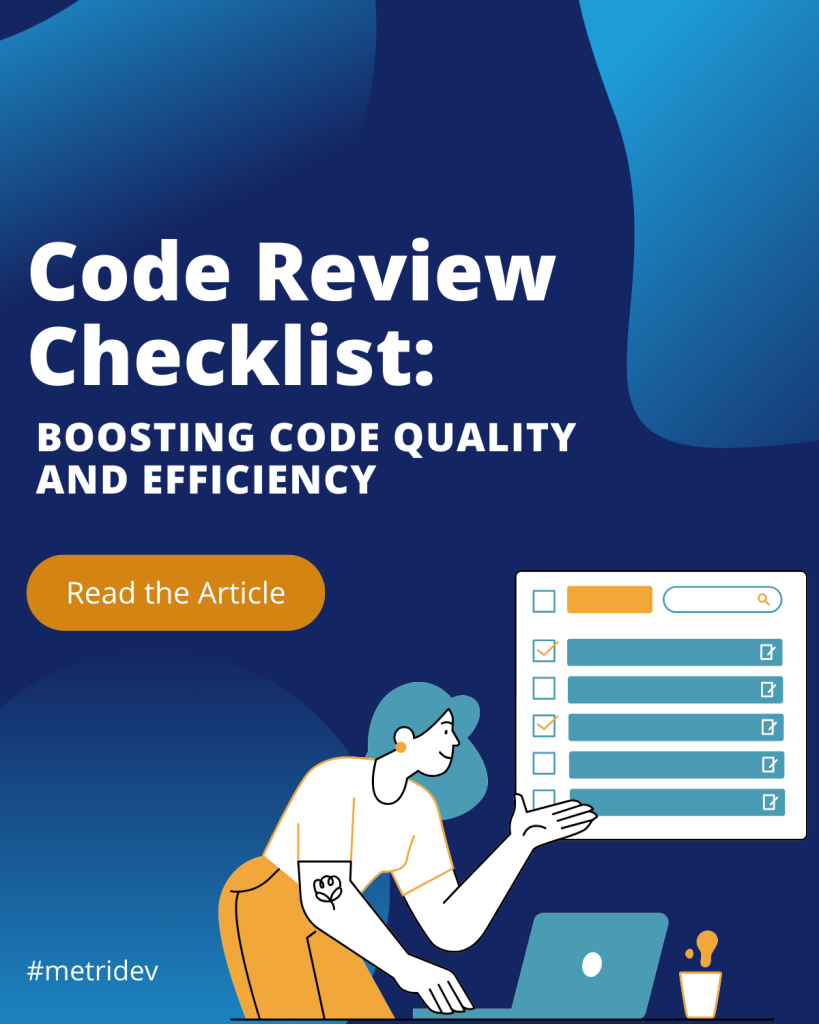Introduction
In Agile project management, a working agreement guides teams for effective collaboration and project success. It defines behavioral norms, protocols, and expectations agreed upon by team members throughout the project. This shared understanding lays the foundation for improved communication, productivity, and overall project execution.
Understanding the Agile Methodology
Before delving into the intricacies of a working agreement agile, it’s crucial to grasp the fundamentals of the Agile methodology. Agile is an iterative and incremental approach to project management that emphasizes flexibility, collaboration, and continuous improvement. It promotes adaptive planning, early delivery of working software, and the ability to respond quickly to change.
Benefits of Using Working Agreements in Agile Projects
Working agreements agile play a crucial role in projects, offering several benefits that enhance project execution. Firstly, a well-defined working agreement fosters a positive team culture by promoting respect, trust, and open communication among team members. It sets clear expectations for behavior and creates a safe and inclusive environment for all team members to contribute their ideas and expertise.
Secondly, working agreements facilitate effective collaboration and coordination within Agile teams. By establishing protocols for meetings, decision-making, and conflict resolution, teams can work seamlessly together, ensuring that everyone is on the same page and aligned towards the project goals. This level of collaboration minimizes misunderstandings, reduces conflicts, and improves overall team productivity.
Lastly, a working agreement enables teams to adapt and respond to change more efficiently. Agile projects exhibit a dynamic nature, with requirements evolving rapidly. Establishing a working agreement empowers teams to adeptly manage change, make informed decisions, and overcome challenges that may arise throughout the project lifecycle.
How to Run a Working Agreement in Agile
Running a working agreement in Agile involves several steps that ensure its successful implementation and utilization. The first step is to involve all team members in the creation process. By fostering a collaborative environment, team members can openly discuss their expectations, concerns, and preferences, leading to a more comprehensive and inclusive working agreement.
Next, it is essential to identify and define the key elements of the working agreement. These elements typically include communication protocols, meeting guidelines, decision-making processes, conflict resolution strategies, and accountability frameworks. By clearly articulating these elements, teams can establish a common understanding and promote consistency in their Agile practices.
Once the working agreement is defined, it is crucial to implement and enforce it consistently. This involves regular reinforcement of the agreed-upon norms and holding team members accountable for adhering to the established protocols. By actively promoting and supporting the working agreement, teams can create a culture where it becomes ingrained in their daily practices.

Measuring the Effectiveness of the Working Agreement
To gauge the effectiveness of a working agreement in Agile, it is important to establish metrics that track progress and identify areas for improvement. Metrics such as team velocity, cycle time, and throughput can provide insights into the team’s efficiency and productivity. Additionally, monitoring customer satisfaction, team morale, and the ability to adapt to change can help evaluate the impact of the working agreement on overall project execution.
Regular retrospectives are also valuable in measuring the effectiveness of the working agreement. By conducting retrospectives at the end of each sprint or project phase, teams can reflect on their performance, identify areas of improvement, and make necessary adjustments to the working agreement. This continuous feedback loop ensures that the working agreement remains relevant and evolves with the changing needs of the team and project.
What is the Difference Between a Norm and a Working Agreement?
While people often use norms and working agreements interchangeably, a subtle distinction exists between the two. Norms denote the unwritten rules and behaviors that naturally emerge within a team or organization. They represent implicit expectations guiding behavior without explicit definition or agreement.
On the other hand, working agreements are explicitly articulated and agreed upon by the team. They serve as a conscious effort to define the desired behaviors, protocols, and expectations that will govern the team’s collaboration. Working agreements provide clarity and alignment among team members, ensuring that everyone is on the same page and working towards a common goal.
What is the Definition of Done Working Agreement?
The definition of done is a critical component of a working agreement in Agile. It represents the agreed-upon criteria that must be met for a user story, feature, or task to be considered complete. The definition of done improves transparency, reduces ambiguity, and ensures that the team has a shared understanding of what constitutes a completed work item.
The definition of done typically includes aspects such as code review, unit testing, integration testing, documentation, and user acceptance testing. By clearly defining the criteria for completion, the team can deliver high-quality work that meets the expectations of stakeholders and end-users.
Agile Working Agreement Examples
Working agreements in Agile can vary based on the specific needs and dynamics of the team. Here are a few examples of Agile working agreements that teams can adopt:
1. Respectful Communication: Team members will communicate respectfully, actively listen to others, and avoid interrupting or talking over each other during meetings.
2. Timely Feedback: Feedback will be provided in a constructive and timely manner, focusing on specific observations and suggestions for improvement.
3. Meeting Etiquette: Meetings will start and end on time, follow an agenda, and involve active participation from all attendees. Distractions such as mobile phones will be minimized.
4. Conflict Resolution: Conflicts will be addressed openly and respectfully, seeking win-win solutions. Mediation or involvement of a neutral party may be sought when necessary.
5. Continuous Learning: Team members will actively seek opportunities for personal and professional growth, share knowledge, and encourage a learning mindset within the team.
Metrics for Tracking Progress in Agile Projects
To track progress foe working agreements in Agile projects effectively, teams can utilize various metrics that provide insights into productivity, quality, and customer satisfaction. Some common metrics include:
1. Team Velocity: Measures the amount of work a team can complete within a sprint or iteration. It helps in forecasting and planning future work.
2. Cycle Time: Represents the time taken for a user story or task to move from start to finish. This metric helps identify bottlenecks and optimize workflow.
3. Throughput: Measures the number of user stories or features completed within a specific timeframe. It indicates the team’s overall productivity.
4. Customer Satisfaction: Assesses the satisfaction level of stakeholders and end-users with the delivered product. Surveys and feedback mechanisms can be used to collect this data.
By regularly monitoring these metrics, teams can identify areas for improvement, make data-driven decisions, and continuously enhance their project execution.
What are Working Agreements in Scrum Values?
Scrum, one of the most popular Agile frameworks, places a strong emphasis on values that guide the team’s behavior and interactions. Transitioning to the Scrum values, including openness, courage, focus, commitment, and respect, working agreements in Scrum serve as a mechanism to reinforce these values and ensure they are upheld throughout the project.
For instance, a working agreement in Scrum may include a commitment to transparency and openness in all communication. Furthermore, it may emphasize the importance of focusing on the current sprint goals and respecting the opinions and contributions of all team members. By aligning the working agreement with the Scrum values, teams can create a cohesive and high-performing Agile environment.
Working Agreement Agile Template
To help teams create their working agreements, an Agile working agreement template can be used as a starting point. This template provides a structure for teams to define their own specific norms, protocols, and expectations. While each team’s working agreement will be unique, the template can serve as a guide and ensure important elements are considered.
The Agile working agreement template typically includes sections for communication, decision-making, conflict resolution, meeting guidelines, and accountability. It encourages teams to think critically about their working practices and collaboratively establish a set of guidelines that will enhance their project execution.
Conclusion: Enhancing Project Execution with a Well-Defined Working Agreement in Agile
A well-defined working agreement is a fundamental component of successful Agile project execution. By establishing clear behavioral norms, protocols, and expectations, a working agreement enhances communication, collaboration, and overall team productivity. It fosters a positive team culture, enables effective coordination, and promotes adaptability in the face of change.
To create an effective working agreement, teams must involve all members in the creation process, define key elements, implement and enforce the agreement consistently, and regularly measure its effectiveness. By aligning the working agreement with Scrum values and utilizing metrics to track progress, teams can continuously improve their project execution and deliver high-quality software products.
Implementing a working agreement in Agile requires effort and commitment from all team members, but the benefits far outweigh the investment. By establishing a well-defined working agreement, Agile teams can lay a strong foundation for success and create an environment where collaboration, innovation, and project execution thrive.
Take the first step towards project success by implementing metrics such as Deployment Frequency. Also Share this article on your social media and spread the knowledge😉
IT METRICS TO BECOME AN EXPERT















Leave a Reply